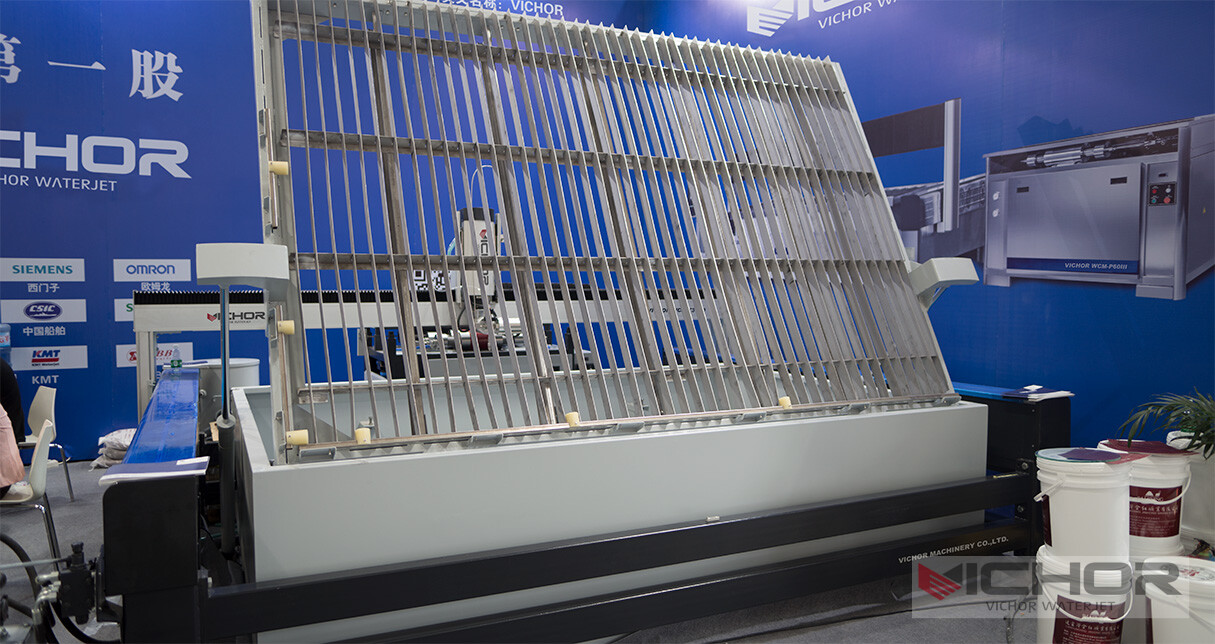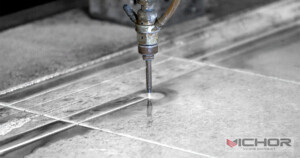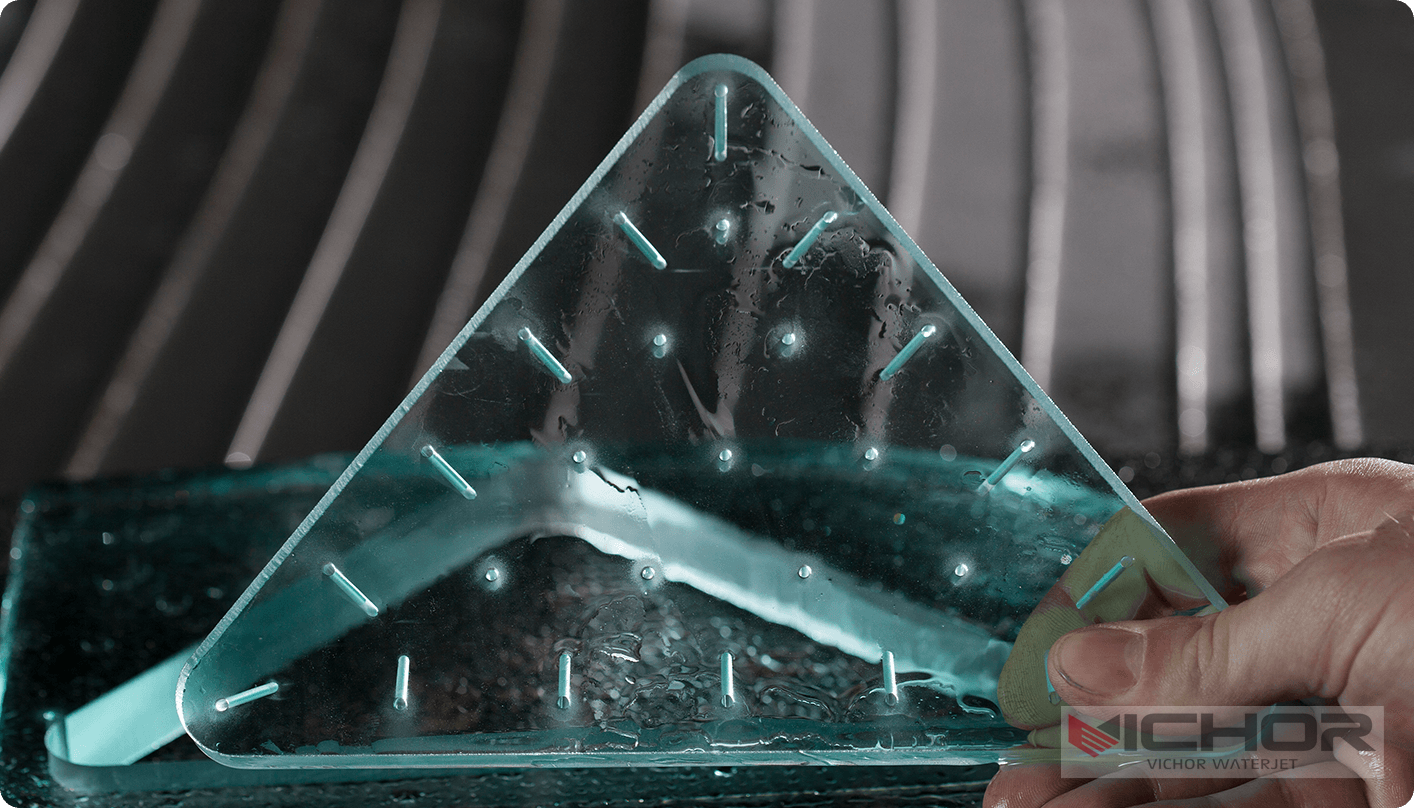
Same Waterjet Technology: The Ultimate Guide to Consistency, Power, and Precision
In the world of industrial cutting and fabrication, few technologies offer the versatility and raw power of waterjet cutting. But within this field, a critical concept often emerges in discussions among engineers, manufacturers, and procurement specialists: the idea of the same waterjet. What does it mean? Is it truly possible to achieve identical performance from one machine to the next, or from one day to another? This concept is not about a single brand; it’s about a standard of performance, reliability, and repeatability that defines modern waterjet systems. This definitive guide will explore the multifaceted world of waterjet technology and break down exactly what it takes to achieve and recognize the same waterjet quality every single time.
What Does “Same Waterjet” Really Mean? Defining Consistency in Cutting
The term “same waterjet” doesn’t refer to a specific manufacturer. Instead, it encapsulates a promise of consistent performance. When a fabricator invests in a new machine or relies on a service provider, they need a guarantee that the cutting parameters and results will be predictable and repeatable. The same waterjet principle means that:
Cut Quality is Identical: A part cut on Monday matches the dimensions, edge quality (striation), and taper of a part cut on Friday, or on a different machine in another facility using the same technology.
Performance is Repeatable: The machine delivers the same waterjet pressure, flow rate, and accuracy day in and day out, regardless of ambient conditions or minor maintenance cycles.
Operation is Standardized: The software, user interface, and maintenance procedures are intuitive and uniform, reducing training time and operator error when moving between systems.
Achieving this level of homogeneity is the holy grail for production environments where precision is non-negotiable, such as in aerospace, medical device manufacturing, and automotive prototyping. It ensures that a design file will produce the same physical outcome anywhere a compliant system is used.
The Core Technologies Behind a Consistent Same Waterjet Experience
Several critical technological components must work in perfect harmony to deliver the same waterjet performance. Understanding these pillars explains why consistency is an engineering achievement.
High-Pressure Pump Systems: The heart of the operation. Whether using intensifier pumps or direct-drive pumps, the key is stable pressure output. Modern pumps feature advanced pressure sensors and control systems that automatically compensate for any drop, ensuring the water stream impacts the material with identical force continuously. This is the foundation of the same waterjet power delivery.
Precision Motion Systems: The pump provides the power, but the motion system guides it. High-accuracy servo motors, linear guides, and rigid gantries ensure the cutting head moves exactly along the programmed path without deviation, vibration, or lag. Any inconsistency here would result in dimensional inaccuracies, breaking the same waterjet promise.
Advanced Cutting Heads and Nozzles: The orifice (gem nozzle) and focusing tube (mixing tube) are wear items that directly influence the stream’s coherence and diameter. Systems designed for consistency often use patented head designs that maintain alignment and incorporate wear detection technology to alert operators before cut quality degrades, ensuring the stream remains the same waterjet throughout its operational life.
Unified Software Suite: From CAD/CAM design to nesting and machine control, software is the brain. A seamless, integrated software environment ensures that the design intent is perfectly translated into machine motion and cutting parameters without any loss of information between different stages or different machines.
The Multifaceted Advantages of Opting for a Same Waterjet Approach
Choosing a platform that prioritizes consistency offers tangible benefits that directly impact the bottom line and operational efficiency.
Reduced Operational Costs: Standardization means reduced training costs. An operator trained on one machine can easily operate another. Inventory for maintenance is simplified, as many consumables and parts are interchangeable.
Uncompromised Quality Assurance: In highly regulated industries, traceability and repeatability are mandatory. The ability to prove that every part was produced under the exact same conditions is a powerful quality control advantage inherent in the same waterjet methodology.
Scalability and Production Flexibility: For growing businesses, knowing that you can add another machine and have it perform identically to your existing ones is invaluable. It allows for seamless scaling of production capacity without requalifying processes or retraining staff extensively. Jobs can be transferred between machines or facilities with zero loss of fidelity.
Minimized Waste and Rework: Consistency means predictability. When you know exactly how a machine will perform, you can optimize material usage with confidence and drastically reduce costly mistakes and material waste due to performance drift.
Key Applications Where the Same Waterjet Principle is Non-Negotiable
While waterjets are versatile, certain industries rely on the same waterjet concept for their very success.
Aerospace and Aviation: Cutting composites, titanium alloys, and other advanced materials requires perfect edges with no heat-affected zone (HAZ). Components must be interchangeable, meaning every cut must be absolutely identical to the engineering blueprint, regardless of which machine produced it or when.
Architectural and Artistic Fabrication: When creating large-scale installations with multiple panels of stone, metal, or glass that must fit together perfectly, artists and architects depend on the same waterjet precision across hundreds of individual cuts, often made over weeks or months.
Automotive Prototyping and OEM Supply: Tier-one suppliers providing parts to major automakers must guarantee that every batch of parts meets precise specifications. A consistent same waterjet process ensures that a prototype part and the 10,000th production part are dimensionally identical.
Medical Device Manufacturing: From surgical tools to implants, the margin for error is zero. The same waterjet process ensures that every device is cut with the utmost hygiene (thanks to water’s sterile nature) and precision, ensuring patient safety and regulatory compliance.
How to Identify and Select a Platform That Delivers a True Same Waterjet Experience
For a buyer, navigating the market to find a system that offers genuine consistency requires careful evaluation.
Ask for Performance Guarantees: Reputable manufacturers will provide clear specifications and guarantees on cut accuracy, repeatability, and edge quality. Ask for data sheets and test cut results.
Demand a Real-World Demonstration: Don’t just watch a pre-programmed demo. Provide a sample file of your own material and have them run it. Then, ask them to run the same file days later or on a different machine to see the results for yourself.
Investigate the Software Ecosystem: Is the software from a single, integrated source? A unified software environment, from design to production, is a strong indicator of a system built for delivering the same waterjet outcome.
Scrutinize the Service and Support Network: Consistency in performance is also dependent on consistent, high-quality maintenance and support. Ensure the provider has a robust network of trained technicians and that support protocols are standardized globally.
Evaluate the Consumables System: Understand how the system manages wear on parts like orificies and mixing tubes. Systems with automated wear compensation or easy-calibration routines are designed to uphold the same waterjet promise over time.
Maintaining the Standard: Upkeep for Long-Term Same Waterjet Performance
Achieving consistency is one thing; maintaining it over thousands of operational hours is another. A rigorous, standardized maintenance routine is essential.
Preventative Maintenance Schedules: Adhere strictly to the manufacturer’s recommended maintenance intervals for pumps, filters, and motion systems. This prevents gradual performance degradation.
Consumable Management: Keep a strict log of the hours used on all wear parts (orificies, mixing tubes, seals) and replace them proactively, not reactively. Using OEM-approved consumables ensures they meet the original engineering specifications.
Regular Calibration: Periodically verify the machine’s calibration for accuracy, including the alignment of the cutting head and the accuracy of the pressure transducers. This ensures the machine’s “senses” are always correct.
Water Quality Management: The quality of the water used is a frequently overlooked factor. Consistently using properly filtered water extends pump life and prevents clogging in the cutting head, which is fundamental to maintaining the same waterjet stream characteristics.
The quest for the same waterjet is more than a marketing slogan; it is the driving force behind innovation in waterjet technology. It represents a shift from seeing waterjet systems as standalone tools to viewing them as integrated, reliable, and predictable nodes in a digital manufacturing ecosystem. As Industry 4.0 and smart factory concepts take hold, the demand for this kind of interoperability and consistency will only grow. By understanding the principles, technologies, and practices behind this concept, manufacturers can make informed decisions that enhance their quality, efficiency, and competitiveness for years to come. The future of fabrication isn’t just about cutting; it’s about cutting with guaranteed, unwavering precision, every single time.
continue reading



